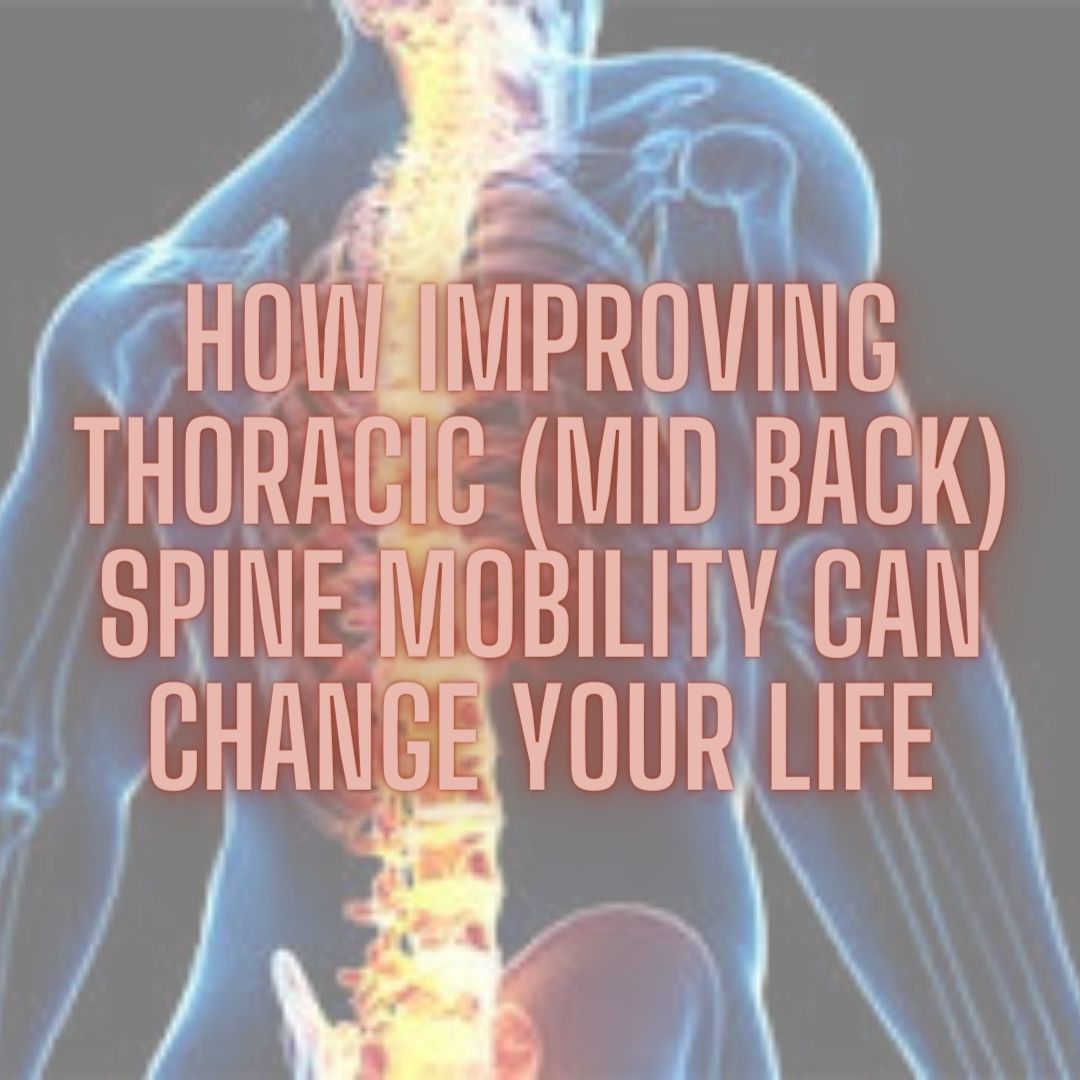Sitting behind a desk all day can lead to a variety of problems and potential risk for future injury. Many common complaints are of low back, neck and shoulder pain. Most of the time there is a common denominator for these complaints and that common denominator is the thoracic spine.
What is the Thoracic Spine?
The thoracic spine makes up the middle portion of the spine/back consisting of 12 vertebrae and is responsible for most of our spinal rotation. The thoracic spine also moves in all other planes of motion including side-bending, extension, and flexion. The ribs as well as various muscles attach to the thoracic spine providing stability for our back. Mobility in our thoracic spine is essential when it comes to having proper function of the back, neck, and shoulder. Unfortunately, because we sit a lot during our daily lives, ie. work, driving, eating, etc. our thoracic spine tends to be very stiff or immobile, leading to a plethora of problems. The thoracic spine (mid back) is made up of twelve vertebrates that extend from your shoulders to waist and plays an important role to protect your lungs and heart by attaching to the ribcage. The thoracic spine is made for mobility – to flex, extend and rotate. Since the thoracic spine should be highly mobile, there is also the ability to lose mobility by staying in sedentary positions, or a lack of movement, often caused by the typical posture at an office or sedentary job.
Potential Injuries Related to Thoracic Spine
A stiff thoracic spine will cause the neck, back and shoulder muscles and joints to compensate by working harder which can lead to overuse injury of those areas. For example, a tennis player with limited thoracic spine mobility, will have to rely on the shoulder more when serving due to lack of extension in the thoracic spine. This can lead to rotator cuff tendonitis, biceps tendonitis, tennis elbow, etc. Another example is simply just turning your torso when exercising or doing a daily activity. Without the proper thoracic mobility, specifically in rotation, the low back will compensate which creates more compression and shear forces in the lumbar spine and can potentially lead to a disc issue.
What Happens if the Thoracic Spine is Immobile?
If the thoracic spine is immobile, the lumbar spine will pick up the slack and compensate for the lack of movement in the thoracic spine. This can lead to low back pain and fatigue. On the opposite end of the thoracic spine, are the shoulders and neck. A lack of mobility in the thoracic spine can cause problems in the shoulders and neck. A large body of research supports the theory that thoracic spine movement dysfunction is linked to pathologies and pain in the neck, shoulder, and elbow (Heneghan et al, 2017).
The thoracic spine also plays an important role in assisting with the movement of the neck. The thoracic spine contributes 33% of neck flexion movements and 21% of neck rotation. Therefore a lack of movement in the thoracic spine can contribute to the development of pain in the neck.
The Thoracic Spine and Sitting?
Sedentary lifestyles affect a significant proportion of the population. Prolonged sitting (a form of sedentary behaviour) has progressively become the norm in the workplace, transportation and modern technology. Recent research has found an association between prolonged sitting (> 8 hours a day) and increased neck, shoulder and low back pain.
Often spending all day sitting causes office workers to hunch forward, keep their head forward, and sit with a flexed upper back. Staying in a hunched over position for several hours per day reduces mobility in the thoracic spine.
Researchers found that individuals who are sedentary (>7 hours sitting per day) had less thoracic mobility than low activity individuals (4-7 hours sitting per day) and even less than physically active individuals.
If you are experiencing low back pain, neck pain or shoulder pain, a contributing factor to your pain could be a lack of mobility in the mid back. Physical activity promotes joint and soft tissue mobility. Working on improving thoracic spine mobility can help improve posture, reduce pain and help combat the negative health effects of spending long hours of the day sitting.
Exercises to Improve Mobility of Thoracic Spine
Performing simple mobility exercises daily can help improve the thoracic spine mobility and decrease the risk for injury. Below are the top 3 simple mobility exercises to perform that require minimal equipment. These exercises are routinely covered in our Fitness PILATES classes, and could really help your mobility, so why not come along and try one?
Open Book Stretch
- Starting Position: Begin by lying on your side with knees bent and your hands together, directly in front of you.
- Movement: Slowly lift your top arm toward the ceiling, rotating through your chest in order to reach as far behind you as possible. Make sure you follow your arm movement with your head and keep your eyes focused on your hand throughout the entire exercise.
- Tip: Keep the arm you are reaching with straight throughout the entire exercise.
- Repetitions: 10 reps holding the end position for 2-5 seconds.
- Frequency: 2x/day
Cat Cow Stretch
- Starting position: Begin on your hands and knees with your hands below your shoulders and your knees below your hips.
- Movement: Arch the upper portion of your back as much as you can while bringing your head toward your chest. Return to starting position, and immediately arch the lower portion of your spine so that your stomach comes toward the floor while simultaneously raising your head.
- Repetitions: 10 reps holding the end position for 2-5 seconds.
- Frequency: 2x/day
Spiderman with Thoracic Spine Rotation
- Starting Position: Begin in a plank position on your hands.
- Movement: Bring one foot up beside your hand, then rotate and reach for the ceiling with that same hand. Drop your hips slightly down towards the floor and hold this stretch for several seconds. Repeat on both sides.
- Tips: Breathe in through your nose to ‘fill your belly,’ and move to increase the stretch as you exhale.
- Repetitions: 10 reps holding the end position for 2-5 seconds.
- Frequency: 2x/day
Benefits of Thoracic Spine Mobility
- A lack of kyphosis (slumped shoulders)
- Healthier shoulders
- Reduced neck and low back pain
- Increased lung volume


